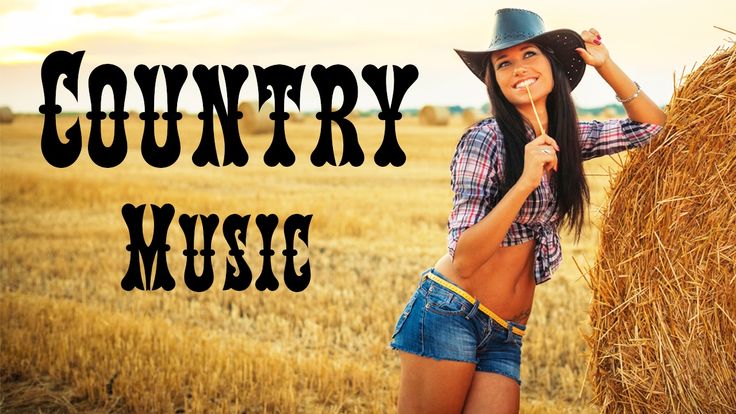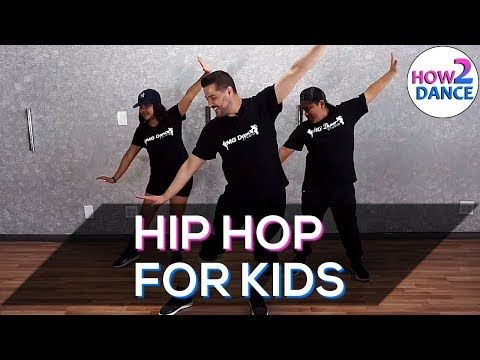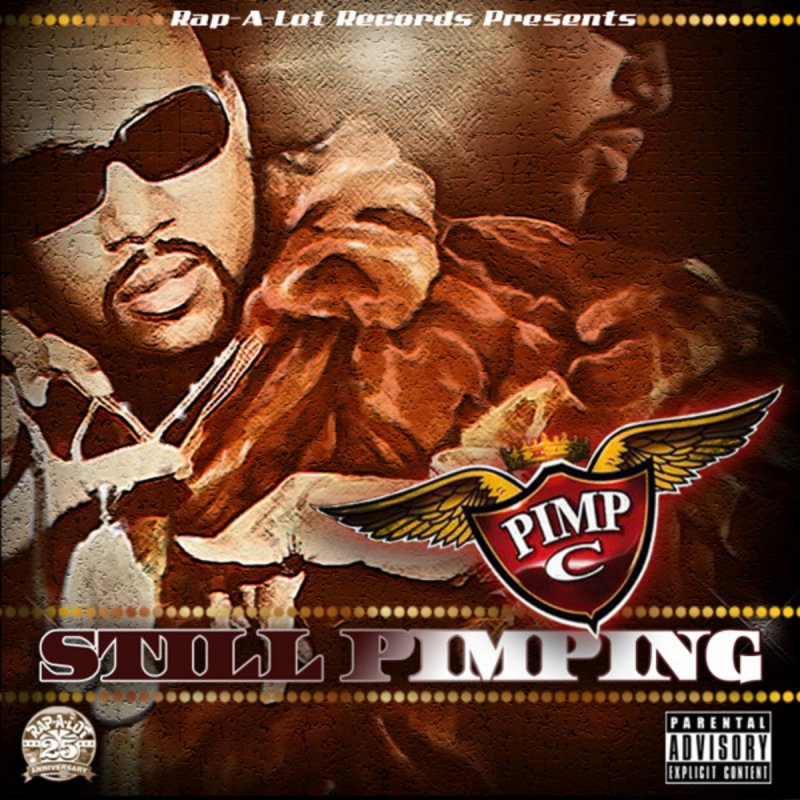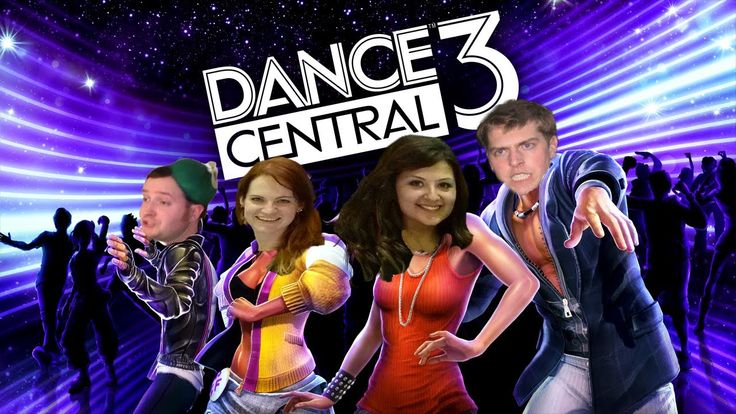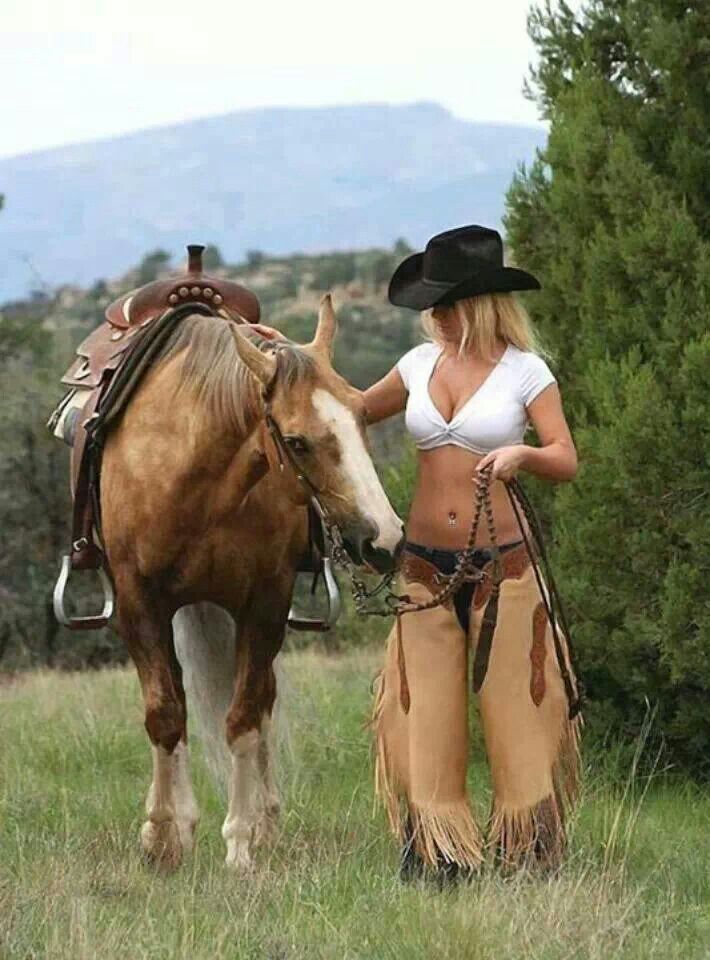How to be a good irish dancer
Top 10 Tips When Irish Dancing
1 Point Those Toes
Seems simple but you have no idea how easy this little tip is to forget. Irish dancers who win consistently do this every time they lift their feet. Now there are some exceptions to this first rule but if you’re not sure it always better to be safe and Point those toes.
2 Stay Tall As Possible
When Irish dancing its important to try to stay on your toes both in Hard and Soft shoes. Try to imagine that you are trying to stretch up to look as tall as possible. One teacher I used to know used to tell us that she was going to put a pebble in our shoes at the heel every time you put your heel down you could feel it. (now she never did but it worked lol)
3 Walk On The Yellow No Parking Line
Try to imagine the yellow no parking line, and you must stay on it with every step, lift and leap. This will keep your movements tight and straight ahead rather than drifting to the sides.
4 Feet Out
“Feet out” and “toes out” are common phrases dancers hear from their teachers in class, but as a beginner this feels so unnatural to start with. New dancers will often pick up bad techniques can end up dancing with their feet straight ahead or even turned in slightly. Try practicing in front of a mirror to help train your feet. But take your time and do not force it as this can cause injuries.
5 Perfect Your Crossover
Without doubt the hardest thing to master. It seems easy when getting told but trying to keep one knee in front of the other whilst dancing is incredibly difficult. Try to squeeze your thighs together and make a diamond between your crossed ankles as its hard not to cross your knees when your feet are that crossed, practice in front of the mirror until you get it.
6 Keep Your Arms Straight
This is perhaps the most distinct feature of Irish dance and the one that everyone tries to imitate when at a party.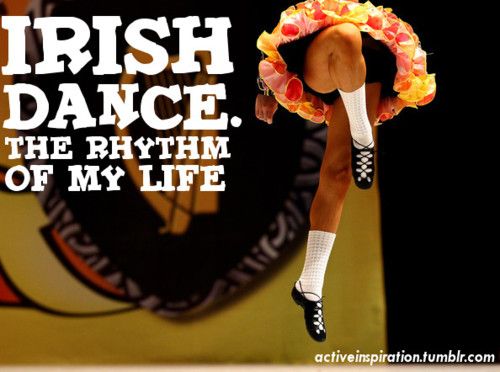 Keep your arms down straight and behind your back all the time.
Keep your arms down straight and behind your back all the time.
7 Keep Your Shoulders Back
Modern day life of sitting at school or work all day playing on your phones or working at the computer has made life a bit hard on Irish dancers, as shoulders are rounded, and heads are hung low. Many Irish dancers try to over fix this issue by nearly touching their shoulder blades together whilst sticking out their chests out and arching their backs. But try keeping that pose for a few hours of dancing, good luck. Just try to keep your shoulders back and your arms straight to maintain good posture.
8 Stop Staring At The Floor
This one might just be me. But nearly all dancers know to keep their heads up and straight, but I never realized that I like some others tend to look down at the floor with my eyes. Train yourself to keep looking straight ahead at your audience as this makes you look more confident in your performance.
9 Stretch
It’s the most basic thing before you even get out on the stage, but you will still see people just rush in and hit the stage without warming up. Warming up before even just a practice is so important both for your flexibility and to prevent injuries. Stretching properly will not only help strengthen your muscles, increase your flexibility but helps with the flow to make your dance seem more graceful.
10 Enjoy Yourself
Now when your have finished a hard practice and your muscles are burning and your feet are on fire you may think why am I even doing this? But try to remember why you started its supposed to be fun. I personally have made some lifelong friends through competitions and the practice sessions. We have a bond of brotherhood (or sisterhood) through the hours of work and pain we have all suffered through, but we wouldn’t have changed a single thing, and I would recommend going to a local Irish dance class to anyone regardless or age sex or ability to just give it a go even if it’s for just for a fun exercise routine, and who knows you might just love it.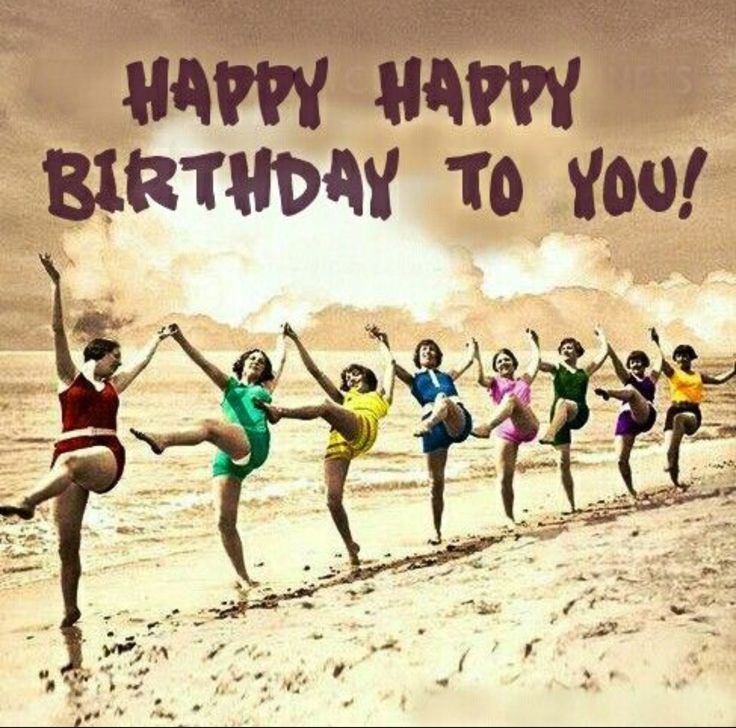
TIPS FOR DANCERS - Irish Dancing Magazine
By Gina Pongetti Angeletti, Physical Therapist, Performing Arts Medicine Specialist
Lines in the air and on the ground are what often separates a mediocre performance from a World champion in Irish Dance. From hip to toe, the straighter the lines, the better. An illusion of height while weight bearing such as in toe stands and while moving with birdies or trebles are great examples of how the thigh-shin-foot line can express finesse’. The illusion of leg length and height with free leg work such as scissors is yet another example of performance mastery.
Rising high up on your toes, as well as pointing your toes in the air, are a result of four things: how strong the muscles are to get the foot there in the foot itself, the strength of the muscles that co-contract such as quads, glutes and hamstrings, how flexible the ligaments are to allow the bones to move, and flexibility of the tissues to allow the ankle to attain the position! With a deficit in any of these areas, it becomes harder and harder to reach that last 10% of perfection!
Working daily in warm up as well as in class is important, but how you work contributes equally to success. Using the right muscles in groups will train the brain that the pattern “goes together”, such as quads to tighten the leg as well as calf to point the ankle and toe muscles to point the foot. Or when standing, that the glutes stabilize the hip, hamstring pull back the leg to vertical, the adductors pull the legs together (such as in toe stand or roll up) and then the quads and calves function as previous.
Using the right muscles in groups will train the brain that the pattern “goes together”, such as quads to tighten the leg as well as calf to point the ankle and toe muscles to point the foot. Or when standing, that the glutes stabilize the hip, hamstring pull back the leg to vertical, the adductors pull the legs together (such as in toe stand or roll up) and then the quads and calves function as previous.
Unfortunately, sometimes we sacrifice quality for quantity. Kicking higher is great, but with a bent knee, then teaches the wrong neuro pattern. Getting on “top” of your toes more may be great, but if you need to bend your knees and buckle at your hips to get there, it is not worth it. With pushing too hard, one can create achilles tendon issues if using the calf muscles too hard to lift the heel, when in reality, it may be ankle front flexibility that is the issue, for example.
Teachers need to be equally as concerned about preparation exercises as they are about creating positive group muscle patterns. Dancers need to constantly check posture and movement quality by videotaping and replaying from multiple different angels, slowing down video to watch exact positioning, and even getting assessed by a physical therapist for deficits to work on with a great plan!
Dancers need to constantly check posture and movement quality by videotaping and replaying from multiple different angels, slowing down video to watch exact positioning, and even getting assessed by a physical therapist for deficits to work on with a great plan!
Check out these suggested exercises to do regularly to create good patterning and the best possible foot position!
| Gina Pongetti, MPT, MA, CSC, ART-CERT. | As a former dancer and gymnast of 14 years, Gina has dedicated her career to the injury prevention and health promotion of the Performing Arts. Involved with National, Collegiate and Olympic gymnasts since 2003, much of her professional focus is on injury prevention and treatment. She is an accomplished adult triathlete herself: Gina raced in the Ironman World Championships in Kona, HI in October of 2006. She and her staff treat onsite weekly at dance studios, theaters and gymnastics gyms. She is the provider of choice for many of the nation’s and world’s top touring performing artists, actors and an increasing number of Irish Dancers. In addition, Gina takes care of many of America’s top gymnasts, including local Elites, National Team members, World Team competitors, NCAA Champions, Olympians, and Pan American Champions. She is a world renowned speaker on gymnastics, dance and performance injury prevention and health/wellness. She is the provider of choice for many of the nation’s and world’s top touring performing artists, actors and an increasing number of Irish Dancers. In addition, Gina takes care of many of America’s top gymnasts, including local Elites, National Team members, World Team competitors, NCAA Champions, Olympians, and Pan American Champions. She is a world renowned speaker on gymnastics, dance and performance injury prevention and health/wellness. |
TO READ MORE TIPS FOR DANCERS, ORDER A SUBSCRIPTION TO IRISH DANCING MAGAZINE HERE!
Click here to return to our homepage
| Main page | Our library | Irish dance technique - part 1 | ||
| Irish dancing in its current form today is markedly different from what was danced before. In the first part of the review, we will focus on the most important details of the requirements for the technique of Irish dances. 1. Turn Out. This is one of the main criteria for evaluating judges. Your feet should always be pointed/turned outward as far as possible. This means that the toe points outward and the heel points inward. This position of the legs must be maintained all the time throughout the dance. The exception to this rule is only certain items at high levels that do not require it. How to tell if your foot is turned out correctly. Stand in front of a mirror with your feet together. Then spread your socks to the sides as wide as possible. Those. we get up in everything known position - "heels together, socks apart." Bring the right foot forward and place it in front of the left foot. It turns out a slightly “pinched” 5th classical position of the legs. If your legs are turned out properly, you should ideally see a diamond in the space between your toes and ankles. A dancer with poor turnout dances with "feet forward" and sometimes even turned inwards. This leads to pain in the legs, from the ankle to the hip joint. 2. Cross Over. Keep your legs crossed at the knees. This is the second most important evaluation criterion. Perhaps the most difficult moment in dancing. You must constantly remember that one knee must always overlap the other, even when you bring one foot forward relative to the other or do jumping elements, or other other dance patterns. That is, your legs should always be or return to a crossed position after performing the steps. How to determine if you have the correct leg cross. Return to the starting position and place one foot in front of the other. Your knees should be closed, your back knee and your back toe should not be visible, the viewer sees only your back heel and, of course, turned in the right direction. That is, the correct cross for Irish dance is when all the elements performed and the movements performed are close to the center line of your body. Crossedness should be systematically and constantly trained in the classroom with special drilling exercises, which will certainly need to be repeated at home. 3. Timing. This is also one of the most important and indicative components in assessing the technique of Irish dance performance. nine0006 Even if somewhere you could not hold other correct positions, timing, or rather, its absence, is forgiven in rare cases. On the contrary, if the dancer clearly hears the music, knows how to keep the correct rhythm set by the dance, then such an indicator can cover some other dance flaws. At the initial levels, the movements are simple and almost always coincide with one or another part in the music, there are no stretched or drawn-out moments, everything clearly goes to the beat of the melody. While the sense of rhythm can be developed, timing can only be learned through practice. Regular classes, multiple and systematic multi-rhythmic drills and, of course, multiple repetition of steps, whole dances and its individual elements. Listen and repeat your dances to music outside of class. All this will work for your correct timing and develop your ear. 4. Keep Rhythm or timing again. Keep the rhythm. Of course, this can be traced most clearly in step dances, when the dancer's frank flaws are heard loudly and clearly, or on the contrary, he dances with a muffled and quiet shuffling. The correct and clear rhythm is developed by systematic drillings aimed at working out one or another rhythmic pattern, a separate element or piece of dance. Remember, if soft dances can be easily obtained, then the step rhythm can only be developed with repeated repetition and constant practice. Patience and hard work will help you. nine0006 The basic scores for Irish dance technique are described above. Next come the no less important technical components of the Irish dance, without which, in general, there will be no complete picture either. Let's continue the review of the position of the legs and fingers and then go up to the body. 5. The correct position of the toes (Point Toes). In other words - you need to pull the foot on the toe - "pull the socks". But it's simple only at first glance. It can be very difficult to actually achieve the correct position of the fingers. It is even more difficult to get used to the fact that this position must be controlled all the time. In the correct position, your foot is stretched from the rise and should be an extension of the lower leg and be turned outward, while the heel is looking inside up. When performing the point itself, all the toes are brought together, and the foot is placed exclusively on the big toe. The dancer is obliged to control this position of the foot all the time, whether he takes his foot off the floor (performing an out, point, jump, etc.) or standing still. The exception is movements that use a different technique. nine0006 This position also requires practice, and sometimes some stretching of the ankle and lifting in general. 6. High On Toes. Irish dances are performed on the toes, that is, in the position "on the toes", as they say. This is required by the technique of performing both soft and step dance. At the same time, your heel should not only be torn off the floor, you should stretch as high as possible on your toes up. And, as usual, you need to control such half-fingers throughout the dance. nine0006 This is a peculiar feature of the Irish dance: dancers, making jumping elements, push off at the same time with their feet and use their knees; in a jump, everything is stretched - both the toe and the knee; when landing, the same foot and the same knee are used for cushioning; and after landing, the "shock-absorbing organs" must be returned to their initial extended position. Moreover, in elongated and high half-toes there is a trick - stretching up on your toes, you pull your knee, and you yourself reach up, straightening your back as well. This is very difficult to get used to, as you will have to shift your center of gravity from what you are used to with normal walking. You should feel at all times that the pad at the base of your thumb is completely on the floor. It is in this way that it will be possible to maintain balance and avoid injuries, because when deviating from this position, the leg is very easily tucked. This is especially important for beginner dancers who do not yet have a sufficiently strong muscular-ligamentous corset on the foot. nine0006 He trains with all kinds of exercises on the half-toes, as well as power and jumping, aimed at strengthening the muscles on the calves, and all the legs in general. 7. Stretch Legs and Knees. The leg must be tensed and clearly extended from the hip to the tips of the toes, with the knee retracted and equally extended. We know that when you land, you need to cushion with your knee and foot, but immediately after landing, you need to stretch up and bring your legs back to their original level position. In combination with high half-toes, the audience will have the feeling that you are just hovering above the floor. Very often, dancers, who do not have strong feet, mostly cushion with their knees, that is, "sit on their knees." This is not only not good for the dance, judges or spectators, but also harmful for the knees themselves, which are systematically subjected to intense stress. Remember - your main depreciation element is the foot and a little knee. Increasing the strength potential of the foot should always be given a lot of attention, especially at the initial stage of training, we read about this above. nine0006 8. Keep Knee Back or knees again We remove the knee back. We know that the knee needs to be extended and we remember the crossed position. 9. Keep the hip - Keep Hip During the movement with crossed legs and turned feet, it is sometimes difficult to keep the hip in the pelvis so that it is not directed towards the raised leg, for example. However, the position of both hips in front must be maintained and not directed after the legs. But this problem is peculiar only to the most beginner dancers and the correct position is quickly developed. However, this should also always be remembered - two hips are directed forward. 10. Keep Arm Stretch and Back This is what makes Irish dancing unique (significantly different from other dances) and what most people notice about Irish dancers right away. In shows or stage performances, dancers allow themselves to move freely with their hands, in keili there are certain positions of the hands raised up or stretched out in a certain way. The canonical performance of the Irish solo dance requires that: your arms are straight, extended at the elbows; they should be slightly laid back behind the outer line of the thigh; The hand should be in the "collected into a fist" position, where the thumb is retracted. And, of course, while you are dancing, your hands should be motionless. With insufficient self-control, sometimes the dancer bends the elbow, flexes the fingers, or even “waves his arms”. This is unacceptable and is punishable by a decrease in the judge's mark. In addition, unnecessary hand movements will only interfere: the dancer spends a lot of energy on unnecessary body movements. 11. Keeping the Body Still (Keep Body) Another hallmark of Irish canonical dance is when the body is kept still throughout the performance. All leg movements with all kinds of turns do not affect the position of the body. Everything from the hip to the head, inclusive, is your immovable organs during the dance. The dancer is one with the body and moves with it. 12. Keep Shoulders Back This assessment of the technique is clearly related to the previous one, since the shoulders slightly lowered and retracted back are the key to good posture, which means that your body will be even. Of course, if you dance for several hours in a row, the accumulated fatigue will pull your shoulders down and round your back. Try to always, even if you are not on stage, and not in a group training, keep an eye on the position of the shoulders. This is the key to a good prize performance, and, most importantly, a healthy spine and back. nine0006 13. Keep Head Up and Eyes Up Proper head and eye position is important in any kind of dance. You can’t dance with your eyes lowered to the floor, or vice versa, looking into the heavenly distance; with the head thrown back, turned to the side or lowered. Correct head position is a continuation of correct shoulder position. The head should crown a beautiful elongated neck, the chin makes a right angle relative to the cavity between the collarbones. A feature of the Irish dance is that the head always looks forward relative to the body. Remember that downcast eyes pull down on your head and shoulders. Make it a habit to look at yourself in the mirror when you dance in class. If you are dancing where there are no mirrors, determine the level (height, object) at which your head and eyes will be in the correct position, and maintain this position while dancing. In the next part we will focus on the general requirements for the technique of Irish dance, specifically for the schemes (steps) of the dance and general assessments of its performance. Pictured: Killarney Irish dance school dancers. nine0065 All articles on the site are written by members of our team and are unique. Placing our articles on your resources is possible only with the permission of the site administration and with a mandatory active hyperlink to this source http://killarney.ru/irish-dance-technique1 © Killarney Irish Dance School 2013 | | |
| Main page | Our library | How to keep a dancer's feet healthy | ||
| How to keep a dancer's feet healthy and increase the effectiveness of classes. The Irish dancer considers his feet his most valuable and protected asset. This is his main "tool" and the first thing to protect. We will try to tell you how to keep the dancer's legs healthy, how to protect them from the troubles that are possible in the classroom, as well as before or after them; how to maintain a general healthy state of the body and increase the effectiveness of classes in general. nine0065 Practice room The main thing in the Irish dance hall is, of course, the floor. Desirable and recommended material - wood: parquet board, thick plywood, dance laminate (all options are non-lacquer and non-slippery) and other analogues. There are various "non-wooden" options - tiles, and even concrete. Such floors are strictly not recommended for all dancers, including Irish dancers, for permanent long-term practice. B. Rietveld, a well-known orthopedic surgeon in Western dance circles, was the first to study the statistics of dance injuries in professional dancers. He found that hard surfaces for dancing are the most traumatic, since the entire lower part of the limbs is in constant tension even during the performance of simple steps and the risk of injury increases. It was from his submission that a number of special coatings for dances of various directions were developed. Brands known to us are Harlequin, TUCHLER, Gerriets, Grabolett. The first two manufacturers make both linoleum specifically for Irish and other tap dances, and specialized stationary floors. And recently, more dense coatings have been developed that can be laid, including directly on the concrete floor. An important addition to floor coverings is a special adhesive tape, which must be strong but elastic so as not to tighten the coating, making unnecessary formations on the surface, and must not leave marks after its removal. It is very simple to distinguish a real coating from insulating materials, which are often used as a cost-effective alternative - dance linoleum does not form "waves" and other irregularities, it lays down evenly and almost immediately (does not always need "bedding"), and is also durable and durable. It does not matter whether the hall will be elongated or square (round is also an option!), whether there will be windows in the hall or not. More important in the hall is the presence of fresh air and its temperature. If the room is stuffy, the work of the internal organs will be at risk and seriously affect the effectiveness of classes. The hall should have either windows or good ventilation, as an alternative - the presence of an air conditioner. And best of all - all at once. Be sure to periodically ventilate the room. Your brain needs to get oxygen, and for it to work well, you need both a healthier heart and healthy blood vessels. But do not overdo it with the temperature in the room. You should feel exactly comfortable and the air should be warm in winter, a little comfortable-cool in summer, and at the same time well ventilated. Under such conditions, it will also be possible to avoid unnecessary pain in the muscles and other unpleasant sensations in the legs, and most importantly, injuries. Before class Try to arrive on time. It is clear that in the modern rhythm of life this is almost unrealistic, but if your health is dear to you, you will try to carve out additional free time to have time for a warm-up. Warming up is an important part of any dance class. Everyone knows or suspects that the Irish dance is very energy-intensive, and some complex patterns or elements of it require a sensitive attitude. Irish dancing is also a cardio load, so the whole body needs to be prepared for them: stretch all the joints, warm up the muscles well - thus you will be spared the risk of injury due to cold, not warmed up, "barely dragging" legs, and bad well-being in general. Therefore, so that no unpleasant and extraneous sensations distract you during the main lesson, before it you need to warm up everything, from the head to the toes. Few see in these 15-20 minutes of warming up also some share of pleasure as a rest after a hard working day, and very much in vain! nine0006 During class About class content and activities. To avoid pain, you should never start a lesson immediately with jumps or immediately with dances. An important part of the lesson, especially for beginners, is the acquisition and further gradual increase in the base, the initial “technical” one. Yes, of course, I want to immediately learn to take off and perform pirouettes of the last type of complexity from the first or second lesson. But if you don’t start working routinely on the initial technical moments, then the dance you performed, even two years after class, will not have the proper level, and even ignorant spectators will frown at it. And most importantly, by understanding and knowing the technical origins of all the components of the dance, you can avoid common injuries and injuries. The lesson lasts from one and a half to two hours, and this is very short, and it is simply impossible to do everything. Before learning to “fly”, you will have to learn to “walk” again, gaining an “Irish gait” - because the position of the feet in Irish dances is different from the position of the feet in other dance styles. It is important to learn how to stand on half-fingers correctly, keep balance correctly, cushion correctly and many other nuances. For beginners to learn Irish dance, there are no restrictions. Only one thing is required of you - if you have a desire to master this particular type of art and continue to perform Irish dances with high quality, be patient. All exercises or elements (schemes) offered by the teacher must be immediately learned to perform at 100% of your physical strength, you must be ready for loads. Even if there are circumstances that interfere with this and there is no opportunity to fully engage in it, carelessness in performance should not be allowed. After class When the main stages of the workout are over, it's time to “hush” the lesson :), that is, do a hitch for 5-10 minutes. We note right away that this time is optimal as a hitch-rest. If you need a hitch like a stretching "on the twine", then this should be another time allotted for this, a kind of separate workout. Why do we hesitate? Firstly, during exercise, the body temperature rises, and the muscles are actively supplied with food. After class, we must “cool down” and do it not abruptly, but very gently and smoothly, otherwise we increase the load on the heart and turn a useful “strength” load into a harmful one. Secondly, during the stretch-hitch, we remove unnecessary toxins from the muscles, which saves ourselves the next workout from discomfort, reduces the warm-up, and increases the useful time in the entire lesson. Therefore, in order not to lose precious time later, we need to give our muscles a chance to recover now. Relaxing and simple static stretching exercises are chosen as a hitch. 15/20 to 30/40 seconds, and at least one rep for each exercise. This allows our muscles to achieve good elasticity, the muscles will grow less intensively and will be more accurate and not prohibitively large afterwards. Moreover, for such a good rest, they will be so grateful to you that they will allow you to make more and more success each time. nine0006 And besides, such a small hitch will keep your body flexible in everyday life, and the body will function in youthful mode! What is important to remember: it is not recommended to do stretching before or during exercise - the muscles relax a lot, but on the contrary they should work well; during the lesson, you can do only minimal light stretching in order to relax the clogged muscle; during the hitch, be sure to take time for all the muscles that were at work, and also pull the upper part; your movements should be gentle and smooth; you should feel only tension (in muscles, ligaments, etc. | ||
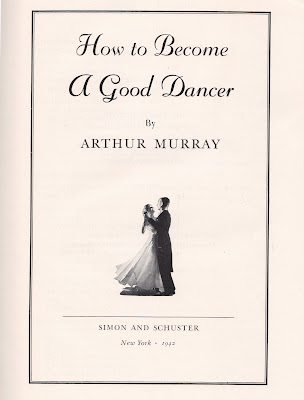 Steps are becoming more complicated, elements are noticeably added, and, of course, the demands of judges who evaluate the skills of dancers are also growing. To date, there is a clear list of tasks that are set before the dancer by his teachers, and what you should always strive for. Because everyone knows that there is no limit to perfection and you can always find an opportunity to improve and transform both the technique and the whole dance as a whole. nine0006
Steps are becoming more complicated, elements are noticeably added, and, of course, the demands of judges who evaluate the skills of dancers are also growing. To date, there is a clear list of tasks that are set before the dancer by his teachers, and what you should always strive for. Because everyone knows that there is no limit to perfection and you can always find an opportunity to improve and transform both the technique and the whole dance as a whole. nine0006 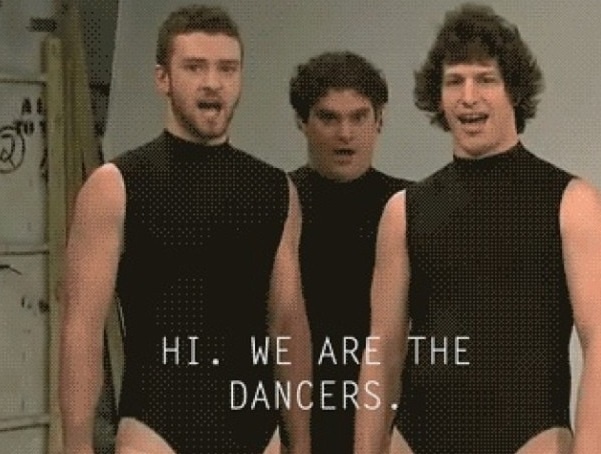 For beginner dancers, especially those who have no previous choreographic experience, it usually takes a long time to master the eversion. Actually, this is where training begins - setting the correct position of the feet. This is especially important for all jumping movements - it is important to push off correctly and land correctly. nine0006
For beginner dancers, especially those who have no previous choreographic experience, it usually takes a long time to master the eversion. Actually, this is where training begins - setting the correct position of the feet. This is especially important for all jumping movements - it is important to push off correctly and land correctly. nine0006 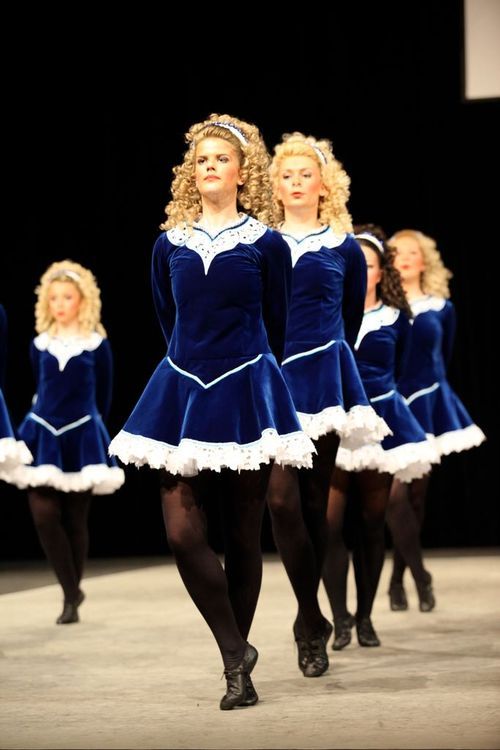 And most importantly, such a position of the feet is incorrect and traumatic. Therefore, you should be more attentive to the comments of your teacher, perform all the exercises, and also repeat them at home. At a minimum, the simplest thing to do is to always try to turn your feet when walking down the street. nine0006
And most importantly, such a position of the feet is incorrect and traumatic. Therefore, you should be more attentive to the comments of your teacher, perform all the exercises, and also repeat them at home. At a minimum, the simplest thing to do is to always try to turn your feet when walking down the street. nine0006 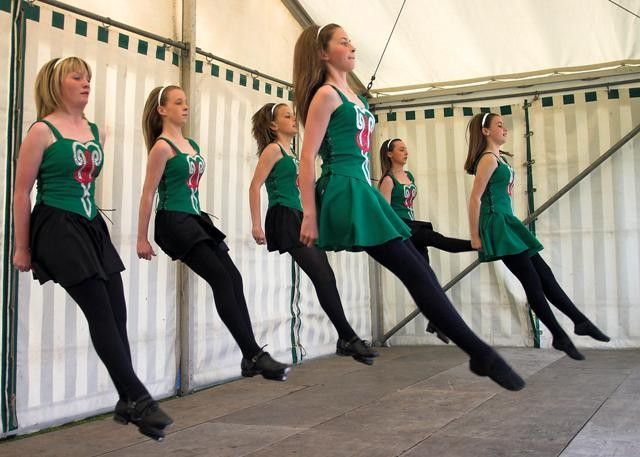 nine0006
nine0006  At higher levels, the steps are already more complex and can not always be understood by the uninitiated, that is, the timing itself can be difficult. nine0006
At higher levels, the steps are already more complex and can not always be understood by the uninitiated, that is, the timing itself can be difficult. nine0006  For a simple reason, the lack of movements based on the characteristic size of a particular dance. It's hard to describe in words, but if you have a minimal ear for music, you can both hear and see what it's about. nine0006
For a simple reason, the lack of movements based on the characteristic size of a particular dance. It's hard to describe in words, but if you have a minimal ear for music, you can both hear and see what it's about. nine0006 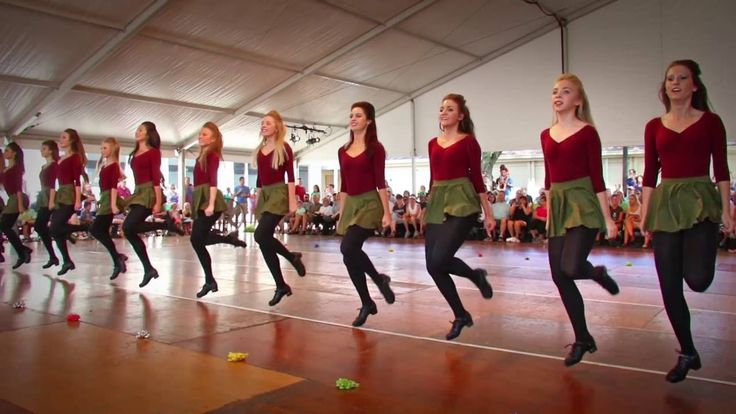 So...
So... 
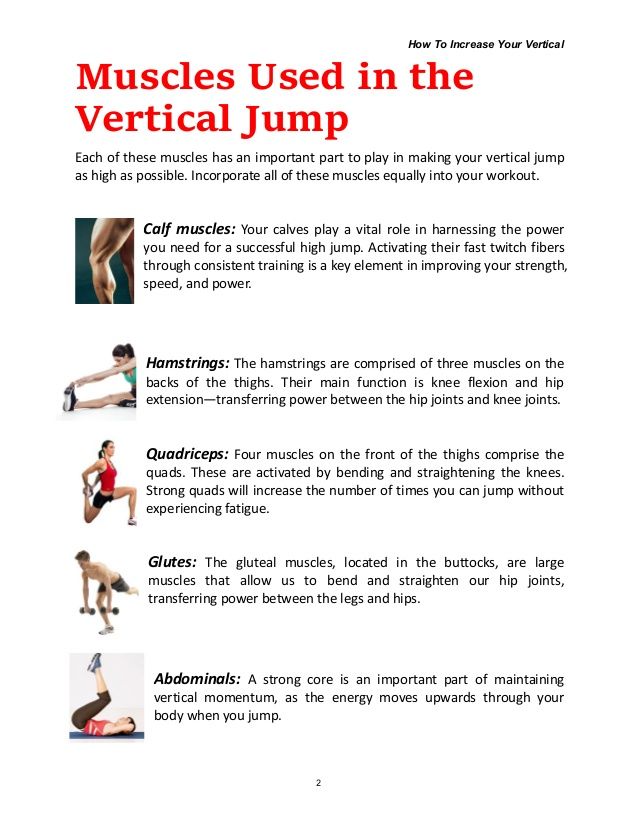 Therefore, no matter what you do - jump or step, it is important not to drop the heel and leave it in a high position relative to the floor. nine0006
Therefore, no matter what you do - jump or step, it is important not to drop the heel and leave it in a high position relative to the floor. nine0006 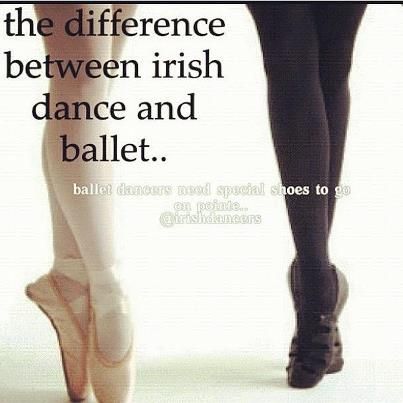
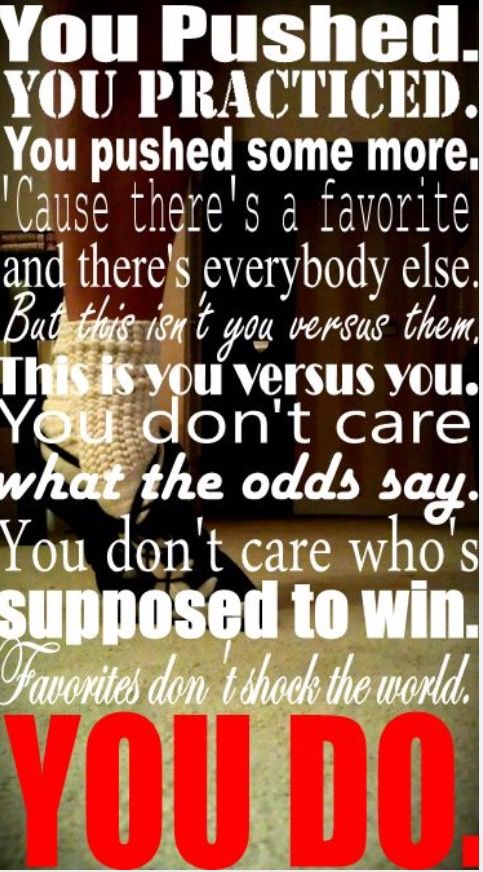 But there is still a feature of the Irish dance, when, when making backward movements of the legs, the knee still needs to be hidden as far as possible. In front, it should be at a minimum or not be at all, it all depends on the element being executed. Most often, it is required that the back knee does not go beyond the height of the raised front leg. This is achieved by the fact that the rear leg is in a high position, that is, the toe of the hind leg tends higher and points upward towards the waist. nine0006
But there is still a feature of the Irish dance, when, when making backward movements of the legs, the knee still needs to be hidden as far as possible. In front, it should be at a minimum or not be at all, it all depends on the element being executed. Most often, it is required that the back knee does not go beyond the height of the raised front leg. This is achieved by the fact that the rear leg is in a high position, that is, the toe of the hind leg tends higher and points upward towards the waist. nine0006  nine0006
nine0006  Therefore, the correct position of the hands is an equally important aspect of performance technique, which also needs to be paid great attention to in your workouts and listen to the recommendations of the trainer. nine0006
Therefore, the correct position of the hands is an equally important aspect of performance technique, which also needs to be paid great attention to in your workouts and listen to the recommendations of the trainer. nine0006 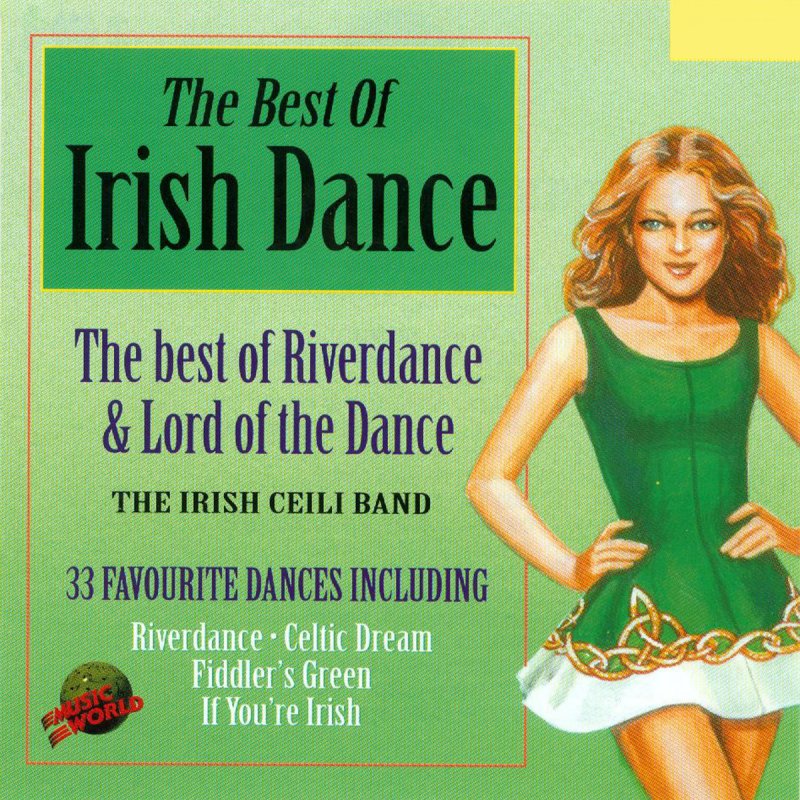 But the dancer cannot afford it. Even if your hands are in the right position, a stooped dancer is an unattractive sight.
But the dancer cannot afford it. Even if your hands are in the right position, a stooped dancer is an unattractive sight.  And know that lowered eyes are an indicator of the dancer's great insecurity. You need to look clearly ahead and, preferably, smile at the same time. nine0006
And know that lowered eyes are an indicator of the dancer's great insecurity. You need to look clearly ahead and, preferably, smile at the same time. nine0006 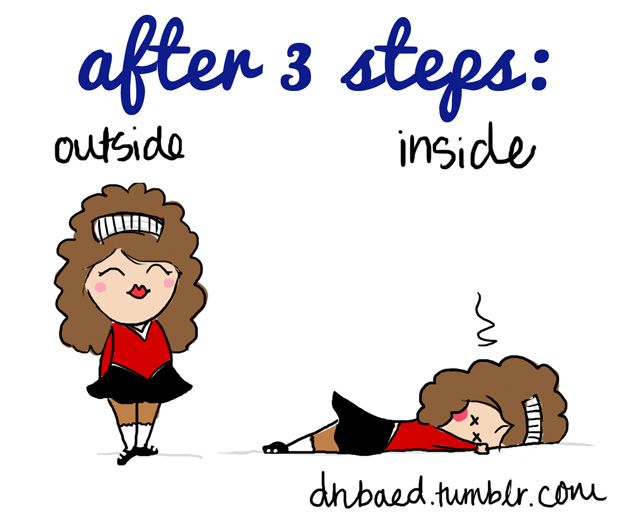 Of course, other aspects are equally important, but a good floor is a paramount requirement. It should be flat, NOT slippery and preferably large in area - as Irish dances require a lot of space. But if the number of people in the group is small, then the hall may well not be huge.
Of course, other aspects are equally important, but a good floor is a paramount requirement. It should be flat, NOT slippery and preferably large in area - as Irish dances require a lot of space. But if the number of people in the group is small, then the hall may well not be huge.  This is especially important for Irish dancers, as Irish dance shoes have their own specifics. Therefore, the top layer of the floor in the hall should be a specialized dance floor, especially if the floor does not have a suitable wooden floor. nine0006
This is especially important for Irish dancers, as Irish dance shoes have their own specifics. Therefore, the top layer of the floor in the hall should be a specialized dance floor, especially if the floor does not have a suitable wooden floor. nine0006  nine0020
nine0020  nine0006
nine0006  We recommend that you still choose real warm-keeping leggings from this type of clothing. The warmest, of course, natural wool with some elastane, so that they sit comfortably on their feet and do not slip. You should choose special dance leggings, and not fashionable ones, which are now fashionable to wear as a clothing accessory. During the classes themselves, when there is already a more intense load after a good warm-up, the leggings can be removed - you yourself will feel the moment when you need to do this. But if the hall is not very warm, you can spend the entire lesson in leggings, or wear them at moments of rest - so that the muscles do not cool down. We recommend that you have spare leggings to keep warm when you go outside after class, especially if you have to go out into the cold. Thus, you can avoid the risk of chilling the muscles due to a sharp temperature drop. nine0006
We recommend that you still choose real warm-keeping leggings from this type of clothing. The warmest, of course, natural wool with some elastane, so that they sit comfortably on their feet and do not slip. You should choose special dance leggings, and not fashionable ones, which are now fashionable to wear as a clothing accessory. During the classes themselves, when there is already a more intense load after a good warm-up, the leggings can be removed - you yourself will feel the moment when you need to do this. But if the hall is not very warm, you can spend the entire lesson in leggings, or wear them at moments of rest - so that the muscles do not cool down. We recommend that you have spare leggings to keep warm when you go outside after class, especially if you have to go out into the cold. Thus, you can avoid the risk of chilling the muscles due to a sharp temperature drop. nine0006  Who can afford it, these are only experienced dancers who have already gone through "fire and water, tiles and concrete" :) and then, they do it at their own peril and risk. The first is a warm-up (read above).
Who can afford it, these are only experienced dancers who have already gone through "fire and water, tiles and concrete" :) and then, they do it at their own peril and risk. The first is a warm-up (read above).  Therefore, learning the basics of Irish dance is a long process. To put the right technique, learn how to dance Irish dances correctly and with high quality, you will need a fair amount of your self-control and patience. You must be ready for this. nine0020
Therefore, learning the basics of Irish dance is a long process. To put the right technique, learn how to dance Irish dances correctly and with high quality, you will need a fair amount of your self-control and patience. You must be ready for this. nine0020 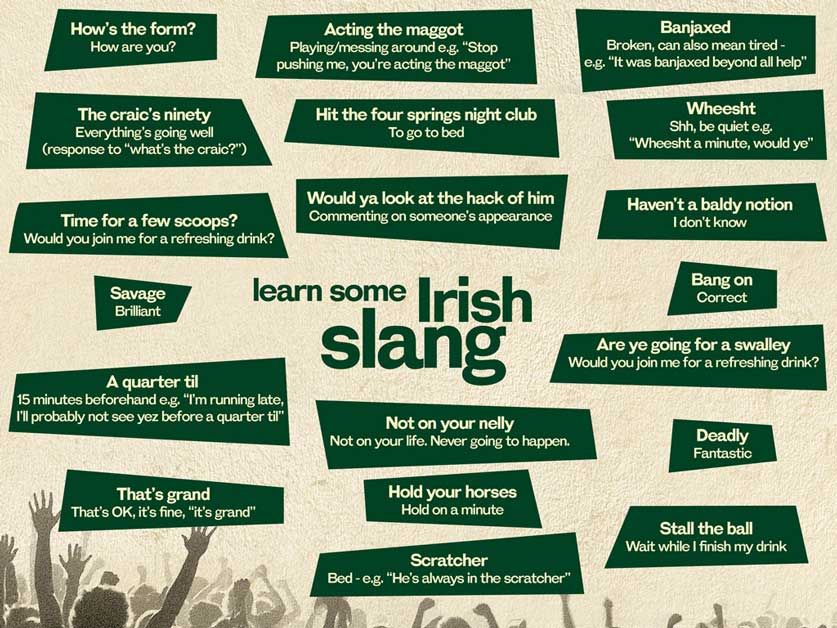 You can remove, for example, the height (jumping, raising legs, etc.), but the correctness of the technical algorithm of execution must be preserved, otherwise dancing "half-legs" will become a habit, and a sloppy and careless attitude to the correct positions of the legs can lead to injury. nine0006
You can remove, for example, the height (jumping, raising legs, etc.), but the correctness of the technical algorithm of execution must be preserved, otherwise dancing "half-legs" will become a habit, and a sloppy and careless attitude to the correct positions of the legs can lead to injury. nine0006 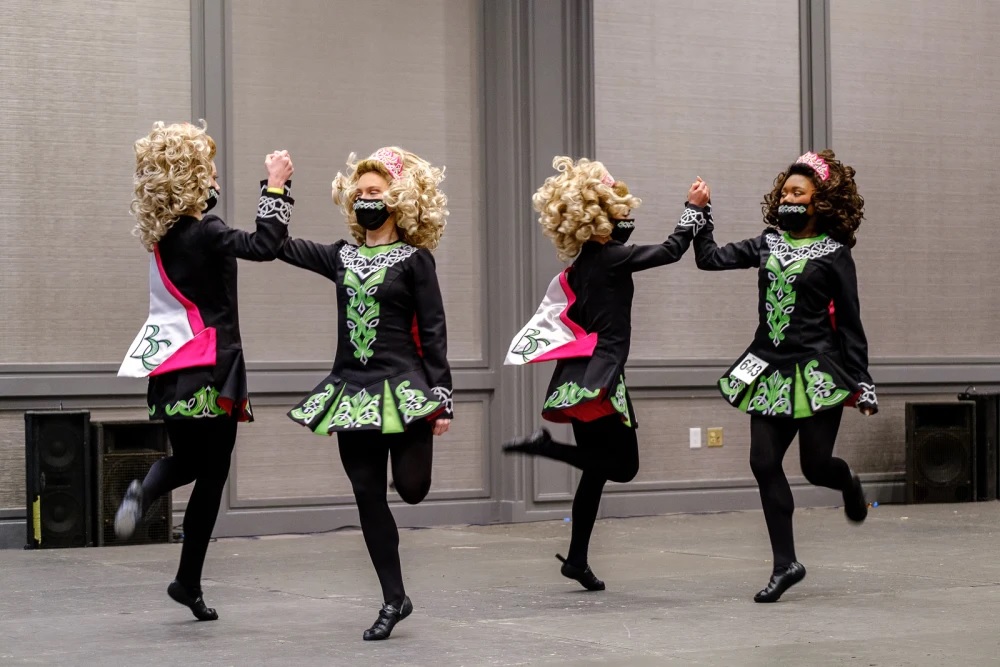 Muscles trained during exercise get used to work and even after it ends, they retain their performance for some time. They shrink (shrink) and must be able to return to their original state. Otherwise, a muscle that cannot lengthen will subsequently contract worse and lose its strength. Simply put, we need to remove all the accumulated tension from our tired legs (arms, bodies). nine0006
Muscles trained during exercise get used to work and even after it ends, they retain their performance for some time. They shrink (shrink) and must be able to return to their original state. Otherwise, a muscle that cannot lengthen will subsequently contract worse and lose its strength. Simply put, we need to remove all the accumulated tension from our tired legs (arms, bodies). nine0006 

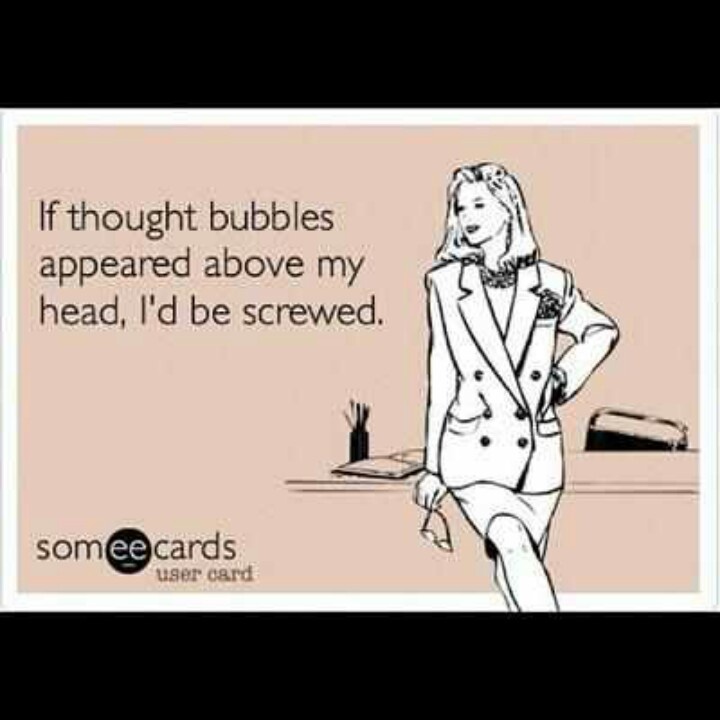

-Step-17.jpg/aid1640374-v4-728px-Shuffle-(Dance-Move)-Step-17.jpg)
